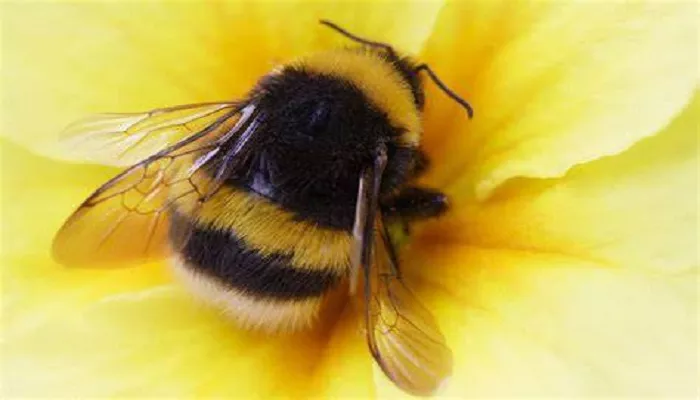Spring and summer are peak times for bee colonies to be active. When people engage in outdoor activities during these seasons, there’s a risk of getting stung by bees. So, how can one avoid bee stings? And if stung, what’s the right way to give first aid? Reporters spoke to experts in bee research and medical fields to find out.
Guo Jun, an associate professor at the School of Life Science and Technology, Kunming University of Science and Technology, shared some interesting facts. There are over 20,000 bee species around the world. In China, common bee species that can sting people include the Italian bee, Chinese bee, bumblebee, and wasp. Small – sized bees have barbed stingers. When they sting someone, the stinger often stays in the person’s body, and the bee dies as a result. These bees usually don’t attack humans on their own. Bumblebees, which are larger, have stingers without barbs and also rarely attack humans unprovoked. However, wasps (also known as bumblebees) are different. Their stingers have no barbs, allowing them to attack people repeatedly. What’s more, their venom is highly toxic, making them the most dangerous to humans.
Under what conditions do bees sting? According to Guo Jun, bees generally don’t start attacks. But if their normal activities get disturbed, or if certain colors or smells catch their attention, they will attack. Bees also “defend their food”. So, if people bother them while they’re collecting nectar from flowers, bees may strike back. To avoid bee stings, Guo Jun has some useful tips. When outdoors, people should keep away from grassy areas and bushes. Most importantly, don’t go near beehives on purpose. Bright blue clothes can attract bees, increasing the chance of an attack. Also, bees are afraid of black. They see black as a threat and may attack it. So, if you’re near a bee farm during outdoor activities, stay away from bright blue and black clothing.
Bees are very sensitive to moving objects and can locate them precisely. So, if a bee seems to be targeting you, the best thing to do is to squat down or lie still. Don’t panic. Keep calm. Guo Jun explained that when people panic at the sight of approaching bees, their sudden movements make bees feel threatened. The bees then attack out of self – defense. When bees come near, crouch down or lie on the ground, cover your head with your hands, and stay still. Make sure to cover any exposed parts of your body. Once the bees no longer sense a threat, they will fly away. If you’re being attacked by a swarm of bees and need to run, go against the wind. Most bees can’t fly fast against the wind.
What should you do if a bee stings you? The first six hours after a sting is the “golden emergency period”. Guo Jun said that if there’s a stinger left in your skin, you can carefully remove it with your fingernail. This stops more venom from entering your body. Then, clean the wound right away. Different bee species’ venom can be acidic or alkaline, but rinsing the wound with clean water works well in the wild. Guo Jun warned, “After a bee sting, people might have an allergic reaction, and it varies a lot from person to person. People with allergic reactions and stung children should see a doctor immediately. Watch for any changes in their condition on the way to the hospital.”
Jin Yichao, director of the dermatology department at the First People’s Hospital of Yunnan Province, described the symptoms after a bee sting. Near the wound, there may be pain, redness, swelling, bleeding, and small red spots. People may also feel chills, have a fever, and experience headaches and dizziness. In serious cases, it can lead to anaphylactic shock or even death.
If stung by a highly venomous bee or a group of bees, go to the hospital for emergency treatment as soon as possible, Jin Yichao advised. Once the venom enters the body, doctors will give anti – allergy treatment right away. They’ll apply antibiotic ointments like mupiroxine and bandage the wound. Doctors also need to closely watch for any more skin swelling or allergic reactions in the body. If anything unusual happens, the patient should be hospitalized immediately.
Related topcis


